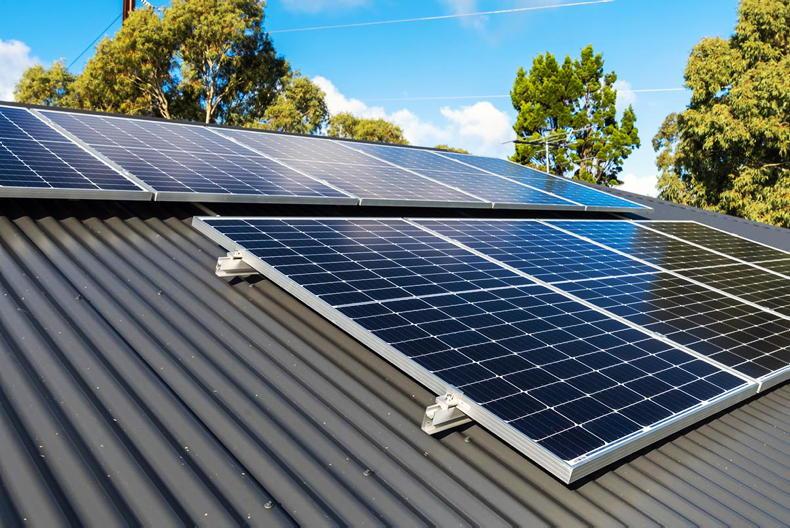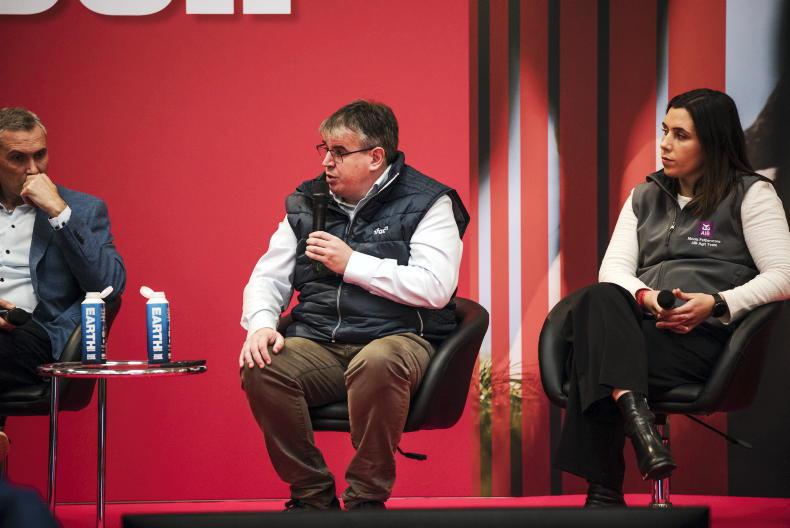Ifac, the agriculture accountancy and financial advisory service, released the results of its fourth Irish Farm Report this week. It is based on a survey of 857 farmers across all sectors of Irish agriculture which is substantially fewer than the 1,700 who participated in the 2021 survey.
The field work was completed between December 2021 and February 2022, so farmer mood is assessed against the background of rising farmgate prices in 2021 and 2021 input costs. This gives a 2% increase in overall positive outlook among farmers to 58%
However, one of the major concerns for farmers is the cost of inputs for 2022 production, with 60% of respondents saying it was their biggest challenge for 2022.
While there is variation in mood between the main sectors, there are also areas where a common response is revealed. One of the most striking is that 94% of respondents believe in the importance of greenhouse gas reduction on farms, a clear acknowledgment that farmers recognise their responsibility in this area.
On a similar theme, 97% of farmers expressed a willingness to sell energy to the national grid from renewables on their farm but, worryingly, one in three farmers don’t know where to start with this.
The 2022 report also explores farmer attitudes to organics, with 42% open to considering it in the right circumstances.
Technology and forward planning
The farmers surveyed are well disposed to adopting new technology, with 32% seeing it as a way to increase farm efficiency and 21% as a means to reduce labour. Cost is the biggest barrier to 52% of farmers in adopting technology.
The age profile of farmers overall has been increasing but there remains an unwillingness to accept there will be a time when they are no longer around.
Worryingly, 47% of all farmers do not have a will and despite a doubling of succession plans since 2019, two-thirds of farmers still haven’t a succession plan. While there are varying rates across different sectors, 20% of respondents point to lifestyle as their main concern in not being able to attract a successor for the farm business.
Unsurprisingly, given the profitability of the sector in recent years, the mood was most positive among dairy farmers at 77%.
Despite this, 13% of respondents said that they were looking to decrease stork numbers and 30% believe that the business isn’t appealing to the next generation despite the profitability.
The biggest concern after input costs for dairy farmers is environmental issues for 31% of respondents and a similar number, 33%, are unsure about participating in the CAP environmental schemes.
The biggest change compared with the 2021 survey relates to lifestyle, with 30% of respondents seeing dairy farming as unattractive to the next generation compared with 23% last year.
Difficulty in identifying a family member as a successor has also increased from 16% in the 2021 survey to 20% this year.
Despite the increased beef prices in the second half of 2021 which has continued into 2022, just 44% of respondents are positive about the outlook for the sector, a 3% increase on 2021 when beef prices were very weak.
The big challenge for the year ahead, unsurprisingly, is input costs for 69% of respondents and unlike dairy farmers, just 6% are concerned about environmental issues.
Over one-third of respondents believe that the business is not viable for the next generation of farmers and this ties in with one in three saying that they are struggling to juggle farming with off-farm employment.
In addition, over half – 56% –say that farm finance is their biggest concern for the year ahead but, despite this, over 78% believe they will still be farming five years from now, a small 2% increase on the 2021 survey.
Record prices were achieved for sheepmeat in 2021 and this is reflected by 50% of respondents having a positive outlook for the sector. However, input costs are a concern for 70% of respondents to the survey, while 11% are concerned by environmental issues, almost twice as many as for beef farmers.
Tillage farming has come into focus for many outside the sector in recent weeks as concern about feed availability increased with the Russian invasion of Ukraine.
Tillage farmers have embraced the use of technology, with 44% of respondents seeing the biggest benefit of technology as driving efficiencies and a quarter saying that technology improves profitability.
Perhaps the approach of tillage farming is best summed up by John Hendricken, the farmer in the case study who provided the quote: “With tillage, you either do it right or not at all.”
Input costs are the big issue for 62% of tillage farmers and while 37% identify saving for a pension as a key concern, 20% have no private pension provision and 25% have no life cover in place.
The survey questioned farmers on their attitude to organic farming for the first time and found that 52% of beef farmers and 54% of sheep farmers were open to the idea, if the right support structures were in place.
However, one in three believe that the lack of a market is the biggest barrier when considering conversion. The report also refers to a Bord Bia forecast that the value of the market will increase to €367m by 2025, which is still a tiny fraction of the total value of the Irish agri-food industry.










SHARING OPTIONS